Are you curious about what a transducer is? At WHAT.EDU.VN, we believe knowledge should be accessible to everyone. A transducer is a device that converts one form of energy into another. This conversion makes energy measurable and usable in various applications. We are here to provide a comprehensive overview. Join us as we explore transducers, energy conversion, signal processing, and sensor technology.
1. What Is A Transducer Used For?
A transducer is a device that converts energy from one form to another. Typically, transducers convert energy from a source, such as mechanical or magnetic energy, into an electrical signal that can be measured. They can also work in reverse, converting an electrical signal into another form of energy, like mechanical movement.
This conversion is crucial in numerous applications across various industries. Transducers act as a bridge between the physical world and the electronic devices that monitor, control, and respond to it. Think of them as translators, changing one type of information into another that machines can understand and use.
Applications of Transducers:
- Measurement: Transducers are used to measure physical quantities like temperature, pressure, light intensity, and force.
- Control Systems: They provide feedback in control systems, allowing for automated adjustments and precise control of processes.
- Medical Devices: Transducers are vital in medical imaging, diagnostic tools, and therapeutic devices.
- Automotive Industry: They are used for monitoring engine performance, safety systems, and fuel efficiency.
- Consumer Electronics: Transducers are present in microphones, speakers, and displays, enhancing the functionality of everyday devices.
2. How Many Types of Transducers Are There?
There are many types of transducers, each designed to convert a specific form of energy into another. Here are some common types:
- Current Transducers
- Magnetic Field Transducers
- Voltage Transducers
- Microphones
- Speakers
- Thermocouples
- Antenna Transmitters and Receivers
3. Current Transducers
Current transducers convert a primary current source into a secondary signal output that can be measured. This is particularly useful in monitoring and controlling electrical currents in various applications.
- Applications:
- Power monitoring
- Overcurrent protection
- Motor control
- Inverters
4. Magnetic Field Transducers
Magnetic field transducers convert a magnetic field source into a measurable signal output. These transducers are crucial in applications requiring precise measurement and monitoring of magnetic fields.
- Applications:
- Magnetic field mapping
- Geomagnetic studies
- Non-destructive testing
- Medical imaging (MRI)
5. Pressure Transducers
Pressure transducers, also known as force transducers or load cells, convert physical force into a measurable reading. This conversion is essential in applications that require accurate pressure measurement and control.
- Applications:
- Industrial automation
- Aerospace
- Hydraulic systems
- Medical equipment
6. Piezoelectric Transducers
Piezoelectric transducers convert electrical charges produced by certain solid materials into energy. The term “piezoelectric” literally means electricity caused by pressure, making these transducers ideal for applications involving mechanical stress and vibration.
- Applications:
- Ultrasound imaging
- Sonar systems
- Vibration sensors
- Microphones
7. Thermocouples
Thermocouples measure voltage changes to monitor temperature, preventing overheating in devices such as phones, thermostats, and cars. They are essential in temperature control systems and thermal management.
- Applications:
- Industrial temperature control
- Automotive temperature monitoring
- HVAC systems
- Scientific research
8. Electromechanical Transducers
Electromechanical transducers convert electrical signals into sound waves (like in a loudspeaker) or convert sound waves into electrical signals (like in a microphone). They are fundamental in audio and communication systems.
- Applications:
- Audio recording and playback
- Telecommunications
- Hearing aids
- Musical instruments
9. Mutual Induction Transducers
Mutual induction transducers rely on two coils for mutual induction, one for generating excitation and another for output. These transducers are used in applications requiring contactless measurement and isolation.
- Applications:
- Current sensing
- Voltage sensing
- Power measurement
- Isolation amplifiers
10. Strain Gauges
Strain gauges convert physical quantities such as load, pressure, or displacement into mechanical strain, which is then converted into an electrical output. They are crucial in structural health monitoring and mechanical testing.
- Applications:
- Structural health monitoring
- Aerospace testing
- Automotive testing
- Load measurement
11. What is an Example of a Transducer?
Consider your smartphone, a device you likely use every day. It contains numerous transducers:
- Microphone and Speaker: These convert sound waves into electrical signals and vice versa.
- Accelerometer: Measures the movement of the phone.
- Electronic Compass: Determines the phone’s orientation.
- Gyroscope: Helps maintain image stability.
- Vibration Motor: Provides tactile feedback.
- Display Pixels: Each pixel converts electrical signals into light.
In your car, transducers are equally prevalent:
- Speedometer: Converts the rotational speed of the wheels into miles per hour.
- Tachometer: Uses a Hall effect sensor to send an electronic signal for every engine rotation.
- Thermocouples: Measure engine, cabin, and outside temperatures.
- Pressure Sensors: Monitor oil and tire pressure.
- Accelerometers: Detect crashes and deploy airbags.
- Actuator Motors: Adjust seat positions.
12. What is the Difference Between a Sensor and Transducer?
A transducer is a broader term that includes both sensors and actuators. A sensor specifically reacts to environmental changes—mechanical, electrical, temperature, pressure, etc.—and converts them into an electronic signal for recording or analysis. A sensor is essentially a type of transducer.
Key Differences:
- Transducer: A general term for any device that converts one form of energy into another.
- Sensor: A specific type of transducer that detects and responds to changes in the environment, converting them into an electrical signal.
13. What are the Main Parts of a Transducer?
For sensor transducers, the main parts include:
- Sensor Head: This part reacts to changes in the environment, such as magnetic fields, temperature, or pressure. Remember, electric current moving through a conductor generates a surrounding magnetic field.
- Electronics: These convert the sensed change into a usable electric signal. This can be as simple as a resistor converting induced voltage to current or an amplifier strengthening a small signal. It can also include an integrator circuit to translate the rate of change in current into the underlying current waveform.
14. How Do You Calibrate a Transducer?
To calibrate a transducer, compare its output to a reference. This can be done in two ways:
- Known Source: Use a known source, such as a current source for a current transducer, and compare it to the transducer’s output.
- Reference Transducer: Compare the transducer to another reference transducer that has been calibrated at a national standards laboratory, such as NIST (National Institute for Standards and Technology) in the United States.
15. How Do You Test a Transducer?
Testing a transducer is similar to calibrating it, but without the same level of rigor. Place the transducer in a test environment that you know is changing, such as moving a thermocouple from the shade to the sun, or even holding it in your hand to warm it up. Observe if it responds as expected.
For a magnetic field transducer, you can change the magnetic field by bringing it close to a permanent magnet and see if the transducer output changes. For a current transducer, raise or lower the current and see if the output changes as you expect.
16. What is the Difference Between Active and Passive Transducers?
- Active Transducer: Requires external power to generate a signal. This could include excitation, signal processing, an integrator circuit, an amplifier, or other electronics. Most current transducers are active transducers.
- Passive Transducer: Generates a signal based on the inherent properties of what the transducer sensor detects. For example, a thermocouple generates a voltage based on a change in temperature without needing an external power source.
17. What is the Difference Between a Current Transformer and a Current Transducer?
A current transformer steps the current up or down from its source. It can be used for measuring current with a high turns ratio, such as 1000:1. For example, if you have a primary current of 1000 amps, the transformer will give you a current output of 1 amp, which is low enough to measure with your instrument. A transformer is inherently limited to AC current as it detects changes in the primary current.
A current transducer, on the other hand, directly converts the energy into another type of energy, such as electric current into a voltage output signal. This output might then be converted back into a current, but there is always an intermediate stage where conversion takes place. One advantage of a current transducer is that it can measure both DC and AC currents.
18. How Does a Current Transducer Work?
The functionality of a current transducer varies depending on the type:
- Hall Sensor: This type converts the magnetic field given off by all current conductors into a voltage signal. The Hall sensor is isolated from the conductor and does not need to be in contact.
- Closed-Loop Transducers: Many current transducers, including some Hall effect ones, are closed-loop. They have a magnetic core that concentrates the field given off by the primary conductor and rejects external magnetic fields. A secondary compensation coil wrapped around the core further improves accuracy.
- DC Current Transducers (DCCT): The best performing DCCTs are fluxgate types, which offer accuracies and stabilities that can be measured in parts per million (ppm). In Hall effect current transducers, a Hall device is inserted in a gap of the magnetic core, which is subject to thermal expansion and mechanical stresses. Fluxgate transducers eliminate this gap, improving performance.
- Zero Flux Fluxgate: This type can measure DC current to sub-ppm levels, relying on the principles of zero-flux and fluxgate. Zero flux means a compensation current keeps the magnetic core at zero magnetic flux, avoiding saturation issues and measuring the compensation current. The fluxgate energizes the core with an AC signal, enabling high-precision measurements of the DC primary current.
19. What is the Output of a Current Transducer?
The output signal is typically a voltage or current, which is then input to a measurement instrument such as a datalogger, power analyzer, oscilloscope, or voltmeter. It can also be used in OEM applications, such as a feedback loop for an electromagnet control system or a highly stable power supply.
20. What is Signal Conditioning in a Transducer?
Signal conditioning is the technique of making a signal from a sensor or transducer suitable for processing by data acquisition equipment. For example, a voltage signal smaller than a few millivolts might need to be amplified. If a signal is contaminated with noise, it can be filtered.
21. What are the Applications of a Hall Effect Transducer?
Hall effect elements are reactive to changes in a magnetic field, generally having an induced voltage for a given magnetic field. Use cases are numerous:
- Direct Measurement of Magnetic Fields: This is a magnetic field transducer, with input of magnetic field (single or multiple axis) and an output signal measured in volts.
- Measurement of Electric Current: Hall effect sensors can be used to measure electric current.
- Position Measurement: By placing a small magnet on an object, the Hall effect sensor can measure its position.
- Engine Speed Measurement: Hall effect sensors can measure how fast an engine is turning.
22. Frequently Asked Questions (FAQs) About Transducers
To further clarify the concept of transducers, here are some frequently asked questions:
| Question | Answer |
|---|---|
| What is the primary function of a transducer? | To convert energy from one form to another, enabling measurement and control of physical quantities. |
| How do transducers improve industrial automation? | By providing accurate measurements and feedback, enabling precise control and automation of industrial processes. |
| What role do transducers play in medical diagnostics? | They are essential in medical imaging, diagnostic tools, and therapeutic devices, providing critical information for healthcare professionals. |
| Can transducers measure both AC and DC currents? | Yes, current transducers can measure both AC and DC currents, offering versatility in various electrical applications. |
| What are the key benefits of using transducers in automotive systems? | Transducers enhance engine performance, improve safety systems, and increase fuel efficiency by providing real-time data and control. |
| How does signal conditioning improve the accuracy of transducers? | Signal conditioning amplifies, filters, and refines the signal from a transducer, making it suitable for processing by data acquisition equipment and improving overall accuracy. |
| What is the significance of calibration in transducer applications? | Calibration ensures that the transducer provides accurate and reliable measurements by comparing its output to a known reference. |
| How do closed-loop transducers enhance accuracy? | Closed-loop transducers use a magnetic core and secondary compensation coil to concentrate the magnetic field and reject external interferences, improving accuracy. |
| What is the difference between a sensor and actuator transducer? | A sensor transducer receives an input signal and sends an output to a system. An actuator transducer receives a signal from a system and reacts to it. |
| Where can I find reliable and free answers to my questions about transducers? | You can visit WHAT.EDU.VN to have your questions answered by our pool of experts! |
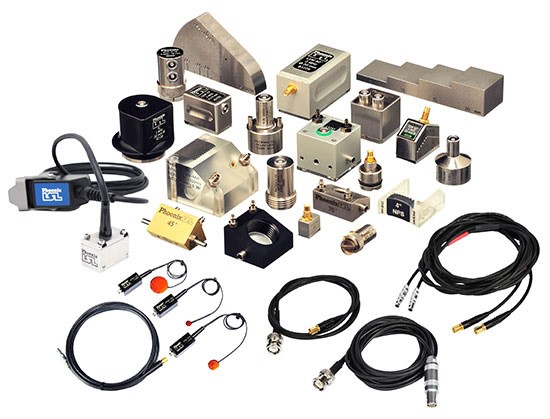
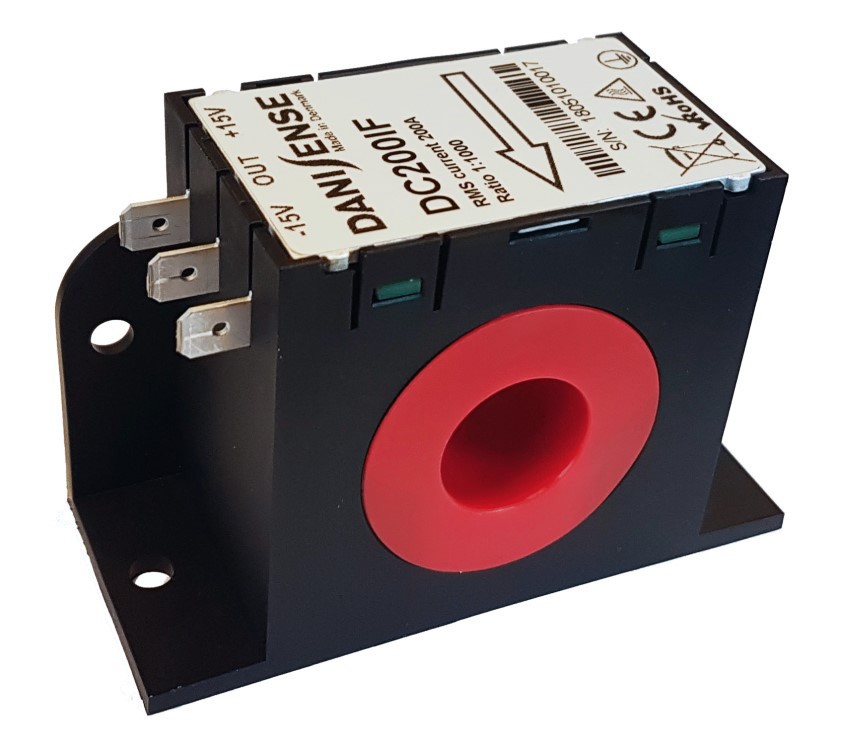
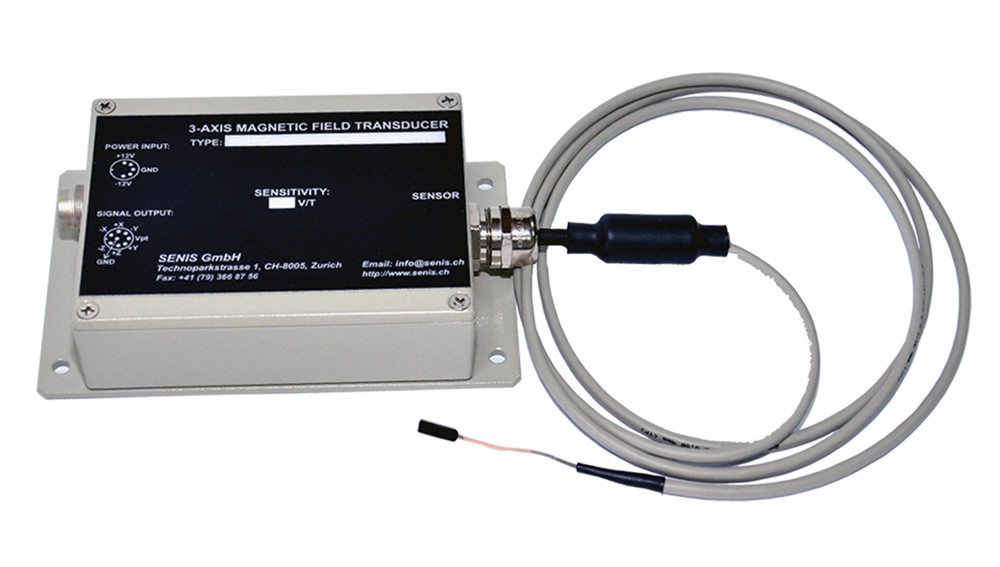
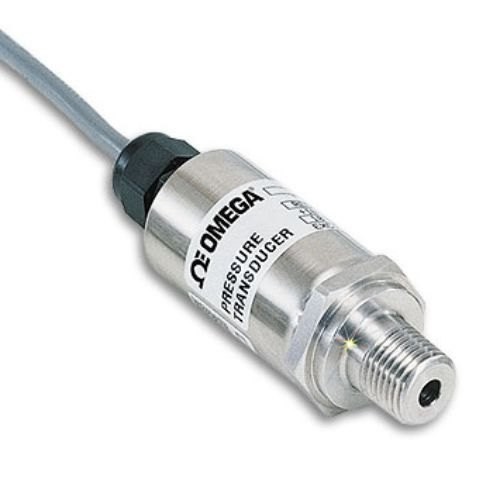
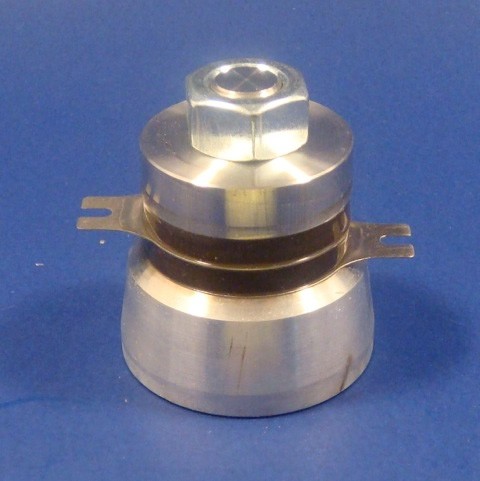
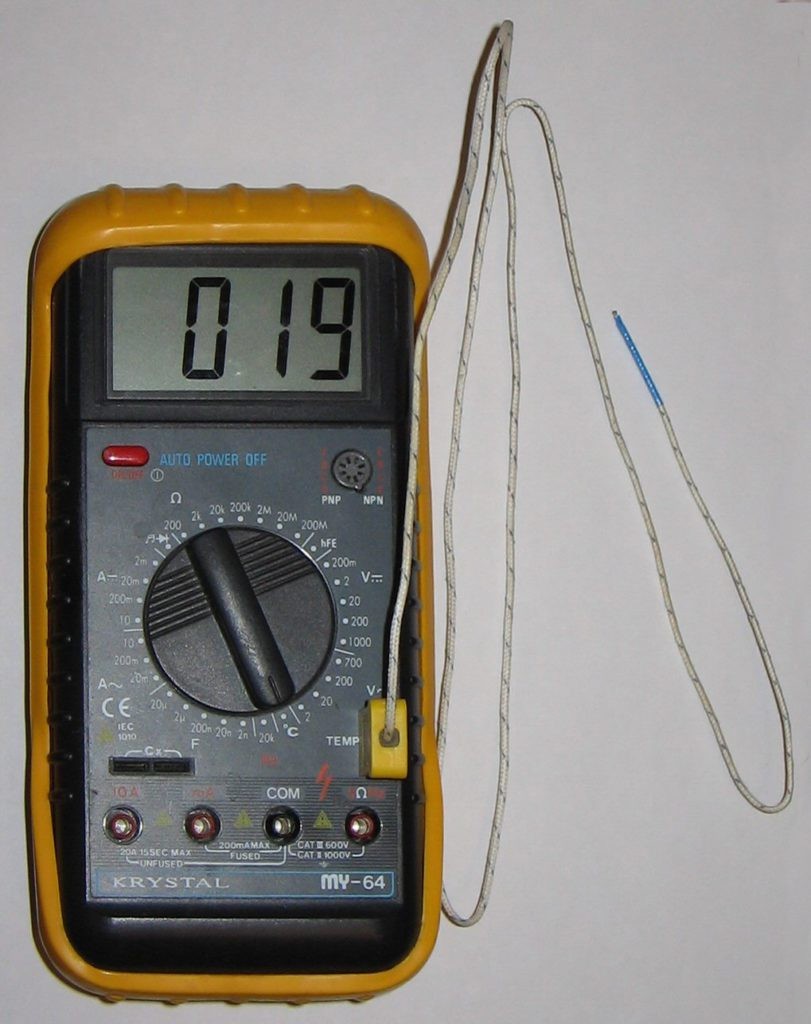
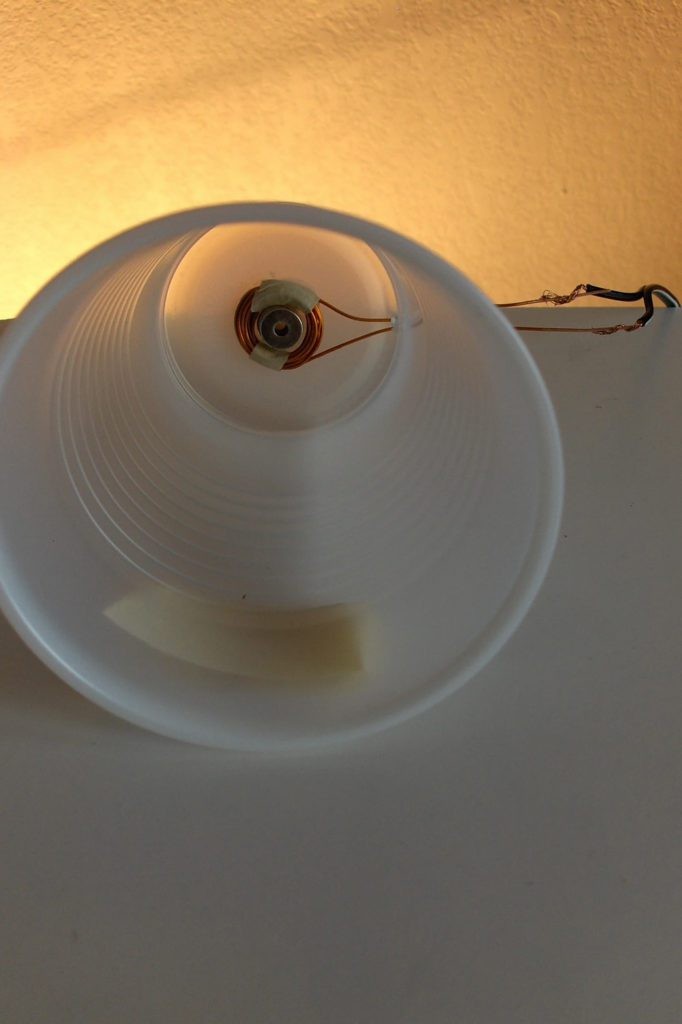
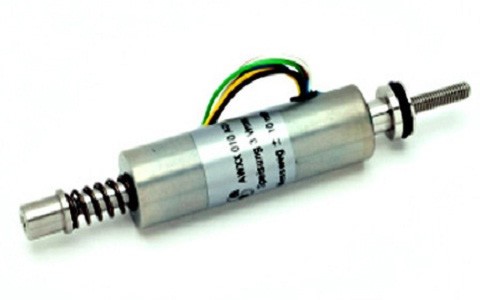
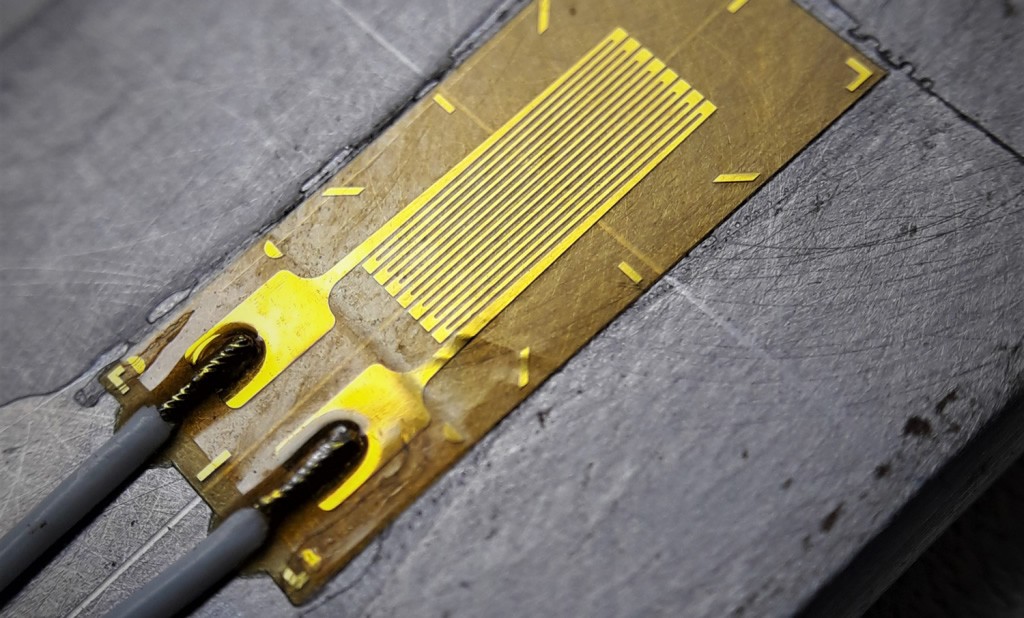
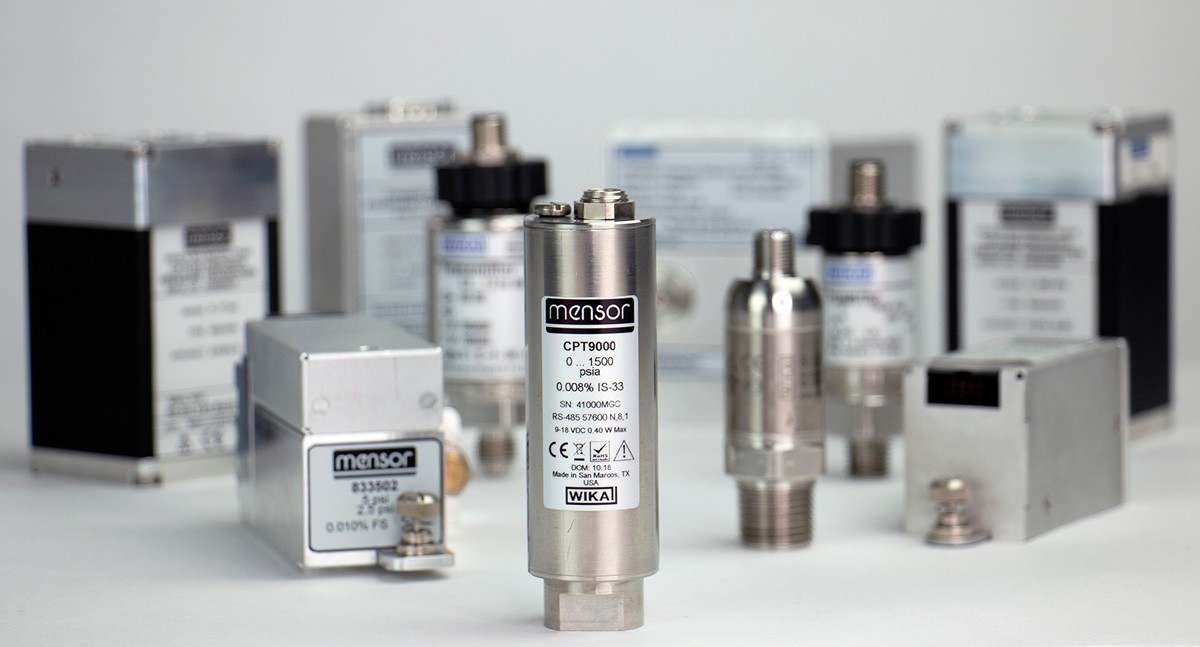
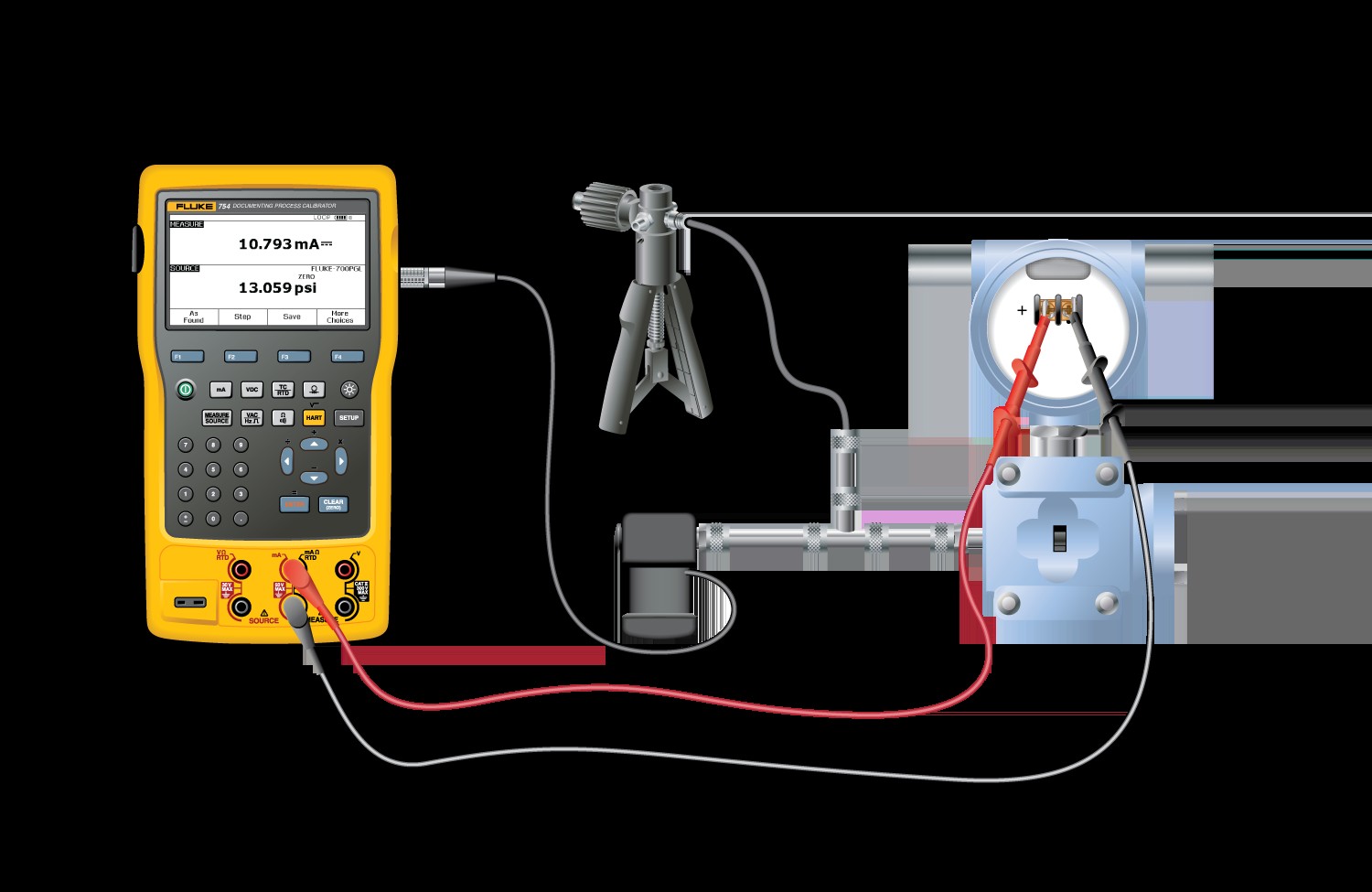
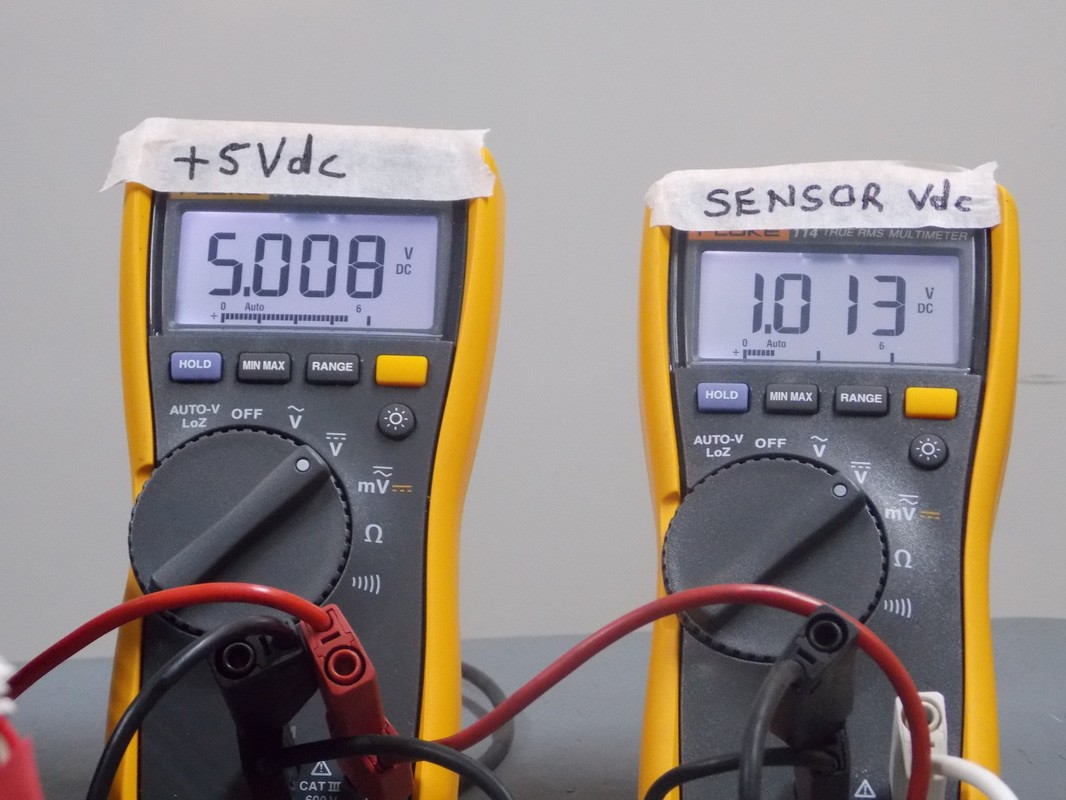

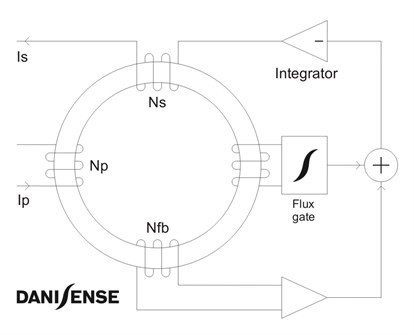
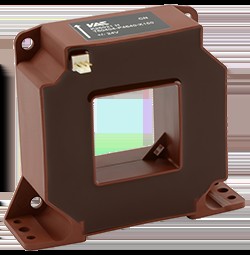
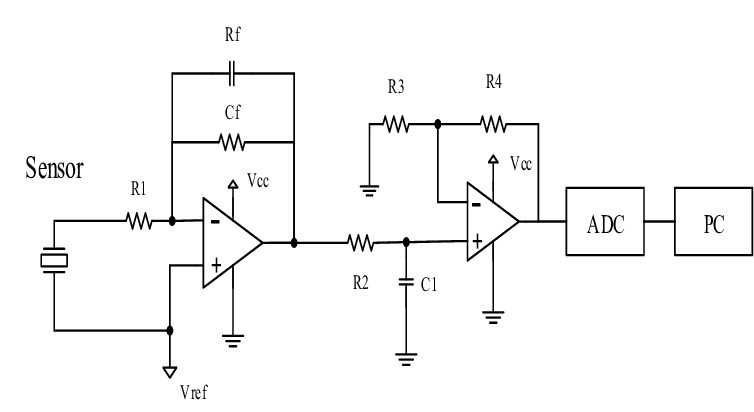
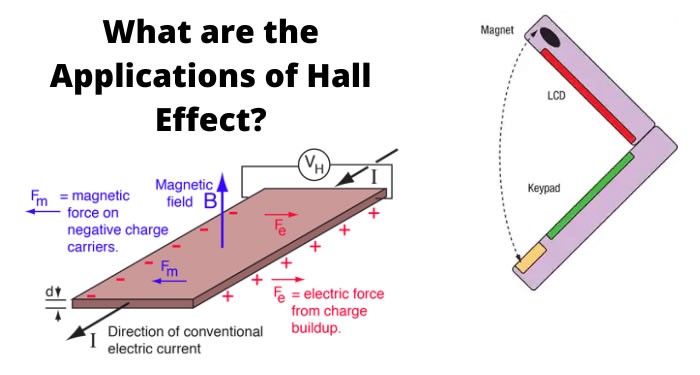
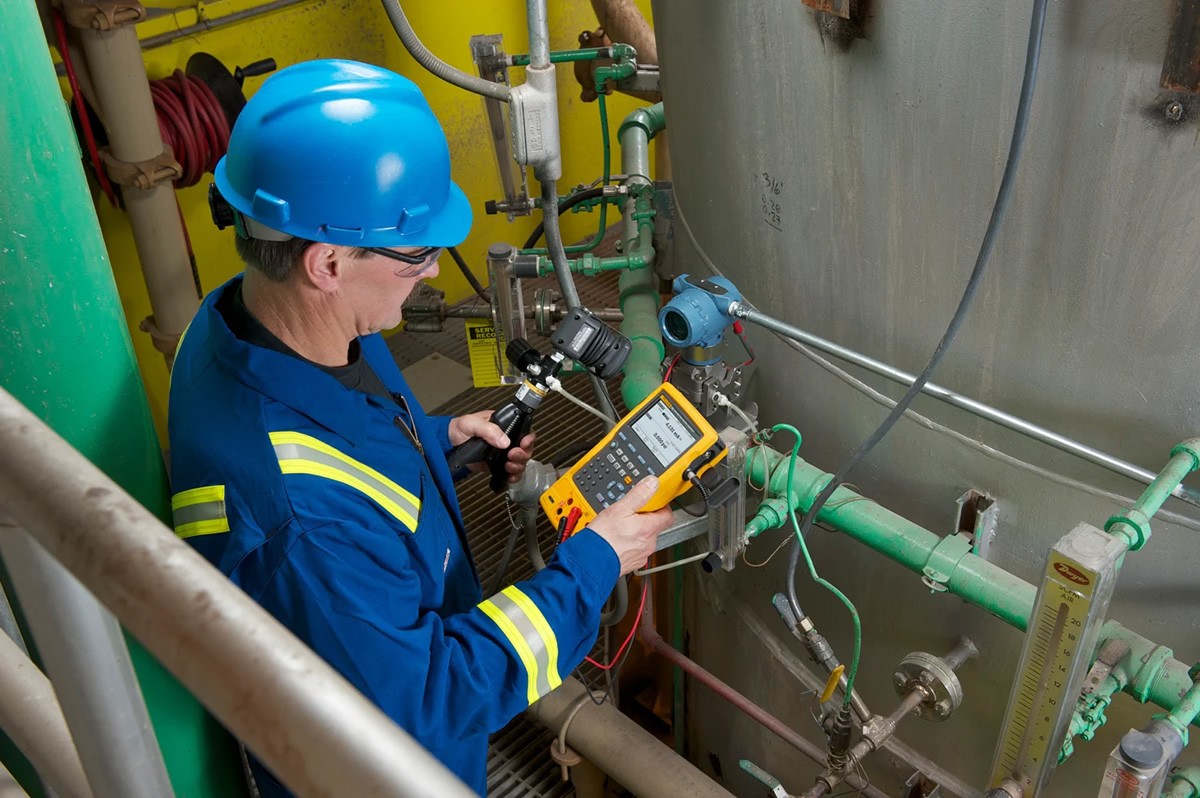
Conclusion
Transducers are integral to modern technology, enabling us to measure, monitor, and control the world around us. From smartphones and cars to industrial automation and medical devices, transducers play a crucial role in enhancing our lives. The ability to convert one form of energy into another makes modern civilization possible.
Still have questions about transducers or other topics? Don’t hesitate to ask! At WHAT.EDU.VN, we provide a platform where you can ask any question and receive fast, accurate, and free answers from knowledgeable experts. We understand the challenges of finding reliable information quickly, and we’re here to help.
Ready to get your questions answered? Visit what.edu.vn today and experience the convenience of free, expert advice. Contact us at 888 Question City Plaza, Seattle, WA 98101, United States. Whatsapp: +1 (206) 555-7890.
Don’t stay curious – get informed!